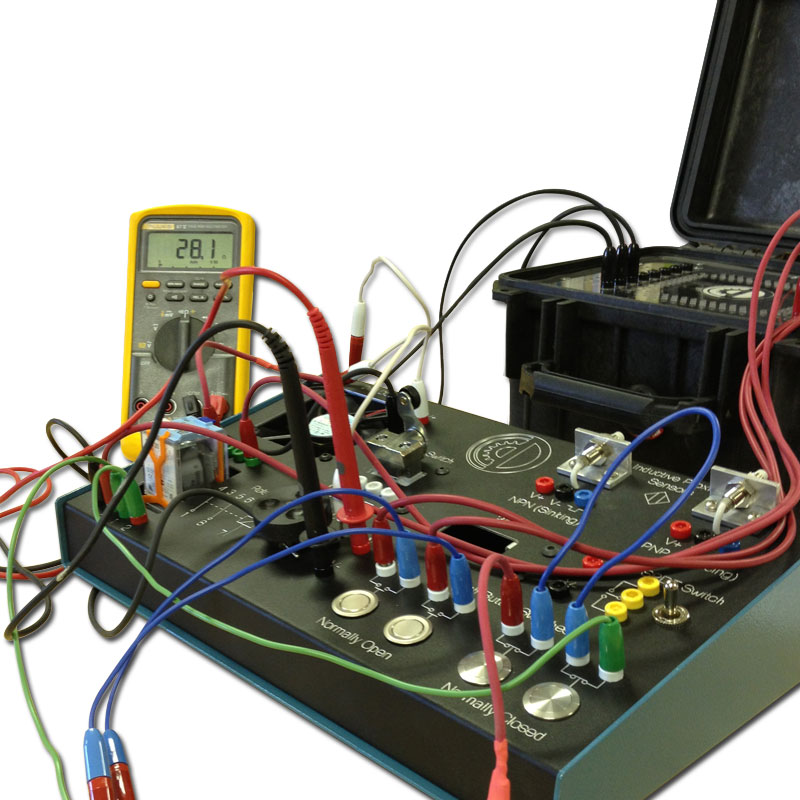Optimize processes with reliable mechanical system optimisation support.
Wiki Article
Top Tips for Effective Electrical System Troubleshooting
Troubleshooting electrical systems calls for a methodical approach, based in an extensive understanding of electric concepts and safety and security methods. By familiarizing oneself with circuit elements, making use of essential tools, and sticking to a structured assessment method, experts can properly identify and solve problems. However, the subtleties of efficient fixing extend beyond mere technological expertise; understanding exactly how to record findings and prioritize safety and security can dramatically affect end results. As we explore these important components better, it becomes clear that grasping this process is not simply advantageous but vital for success in the area.Understand the Basics
Comprehending the basics of electrical systems is vital for effective troubleshooting, as a strong structure permits technicians to identify and solve issues extra efficiently. An extensive understanding of electrical principles, such as voltage, current, resistance, and power, is critical in identifying the root triggers of problems. Voltage is the electric potential distinction that drives existing via a circuit, while resistance opposes the circulation of present, influencing the total functionality of the system.Knowledge with circuit parts, including resistors, capacitors, diodes, and switches over, is additionally paramount. Each part plays a distinctive role in circuit habits and can affect performance when malfunctioning. Additionally, understanding collection and identical circuit setups is important, as these setups affect the distribution of voltage and existing within the system.
Additionally, understanding of security protocols is indispensable. Technicians must recognize prospective hazards, such as shock and brief circuits, to carry out secure troubleshooting practices. By mastering these foundational ideas, specialists boost their ability to conduct efficient diagnostics and repairs, eventually resulting in enhanced performance and dependability of electrical systems. This fundamental expertise is the keystone of successful fixing endeavors.
Gather Necessary Tools
Reliable troubleshooting of electric systems requires the ideal set of devices to diagnose and resolve concerns accurately. A well-equipped technician can significantly improve performance and performance in identifying problems. Important tools consist of a multimeter, which gauges voltage, existing, and resistance, enabling precise analyses of electric components. Clamp meters are additionally beneficial for determining existing without disconnecting the circuit, guaranteeing security and comfort.Furthermore, protected hand devices such as screwdrivers, pliers, and cord strippers are critical for safely manipulating electrical connections. It is likewise advisable to have a circuit tester accessible to confirm the visibility of voltage in electrical outlets and wires. For even more facility systems, a thermal imaging electronic camera can assist discover overheating components, suggesting prospective failures.

Adhere To a Methodical Strategy
Having actually collected the ideal tools, the next action in fixing electrical systems is to comply with an organized strategy. A methodical approach guarantees that specialists can identify mistakes effectively and precisely, decreasing downtime and avoiding unneeded repairs.Begin by reviewing the system's schematic diagrams and requirements. Understanding the design and functional specifications will offer context for diagnosing problems. Next off, separate the issue area by utilizing a process of removal. This involves checking each component methodically, beginning from the source of power and functioning in the direction of the load.
Use screening equipment, such as multimeters and oscilloscopes, to gather unbiased information about voltage, present, and resistance at various factors within the system. This empirical evidence will certainly guide your troubleshooting initiatives and assist to validate or remove potential root causes of failure.
Furthermore, think about environmental variables that may influence the system's performance, such as temperature level fluctuations or dampness ingress. A comprehensive assessment of circuitry, links, and parts will guarantee that all opportunities are accounted for.
Paper Your Searchings For
Extensive documents is necessary in the fixing procedure of electric systems. This technique not only aids in understanding the origin reason of the trouble yet likewise serves as a referral for future fixing initiatives.
In addition, preserving a log of components replaced or repair services performed is invaluable. This information sustains stock management and can help assess the durability and integrity of particular parts.
Eventually, the documents process need to be complete yet succinct, allowing easy access and testimonial - electrical system troubleshooting. By prioritizing thorough paperwork, specialists can produce a beneficial data base that not only help in existing troubleshooting however likewise encourages future upkeep more information efforts, consequently their website enhancing general system reliability
Prioritize Security Actions
Recognizing the intrinsic threats linked with electric systems is crucial for guaranteeing safety and security throughout troubleshooting. Electric shock, burns, and devices damages are simply a few of the potential dangers that specialists deal with. Focusing on safety procedures is not just a lawful obligation yet additionally a moral vital that safeguards both the technician and the surrounding atmosphere.Prior to beginning any kind of troubleshooting job, service technicians must don ideal individual safety equipment (PPE), including shielded handwear covers, security glasses, and flame-resistant garments. Guaranteeing that the workspace is dry and devoid of mess can substantially lower the danger of mishaps. Additionally, it is vital to de-energize circuits before starting any work, validating that they are not endure the usage of a multimeter or voltage tester.
Establishing clear interaction protocols with group members is also crucial; this makes sure that everybody is aware of prospective risks and the status of the electric system being worked with. Finally, having an emergency situation response strategy in position can verify vital in case of a case. By image source focusing on precaution, professionals can efficiently reduce dangers and cultivate a more secure workplace.
Final Thought
Reliable electrical system fixing counts on a thorough understanding of fundamental concepts and a methodical method. By gathering important devices, adhering to organized analysis methods, and thoroughly documenting searchings for, the fixing procedure becomes a lot more efficient and trustworthy. Prioritizing safety steps ensures the health of people involved and the integrity of the electrical system. Implementing these approaches will certainly boost the troubleshooting experience, causing quicker resolutions and boosted functional performance in electric systems.Report this wiki page